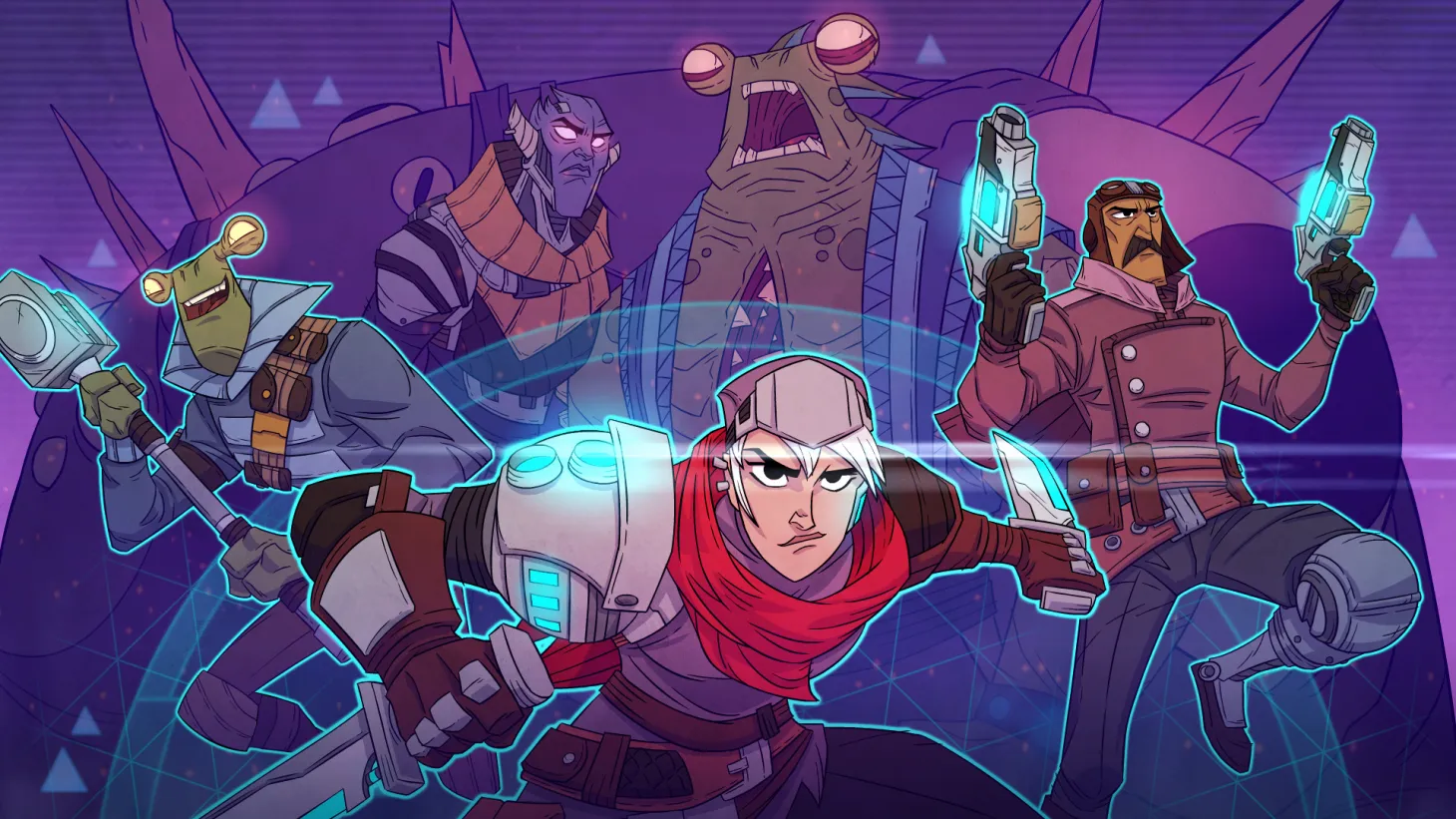

In combat, fights play out in traditional deckbuilding fare. Each has unique decks, card types, and playstyles. Fundamentally, these confrontations break down into two parts: fighting and negotiating. However, Griftlands ’ real highlight is also the aspect that needs the most refinement: the deck-building and encounters. Animations are fluid and addictive, and there’s the option to speed up each action, but I’d recommend leaving everything normal to appreciate the effort put into each attack.
#Griftlands full#
Browns and greys portray a dull, barren world, but the game’s characters are full of bright reds and blues as if to resist the ruin and despair surrounding them.

But this portrayal only adds to the immersion.

Griftlands Is A Visual Treat Griftlands’ conversations wouldn’t be nearly as effective if the art style couldn’t back them up. The escapee, Sal, is back in her hometown to hunt down Kashio, the debt broker that sold her off to servitude. You escaped a life of indentured labor by hunting criminals and debt-dodgers.” No confusion there. The first line proclaims: “You’re a bounty hunter. Your adventure starts somber, straightforward, and sincere. So, when I heap praise onto the Alpha version of Griftlands, you know it comes from a place of genuine joy and admiration. Maybe I’m just one of those people that struggles to sit and play a slower turn-based experience. Maybe it’s my ADHD or my growing up with faster-paced shooters like Halo. I just don’t find them incredibly engaging. They’re strategic and challenging, which are two of my favorite elements from the roguelite genre. It’s not that card collectors aren’t a valid genre to me. The only game in the collectible card game genre that ever really hooked me was Hearthstone, and that was a short-lived experience. I love roguelites, but I don’t care much for deckbuilders.


 0 kommentar(er)
0 kommentar(er)
